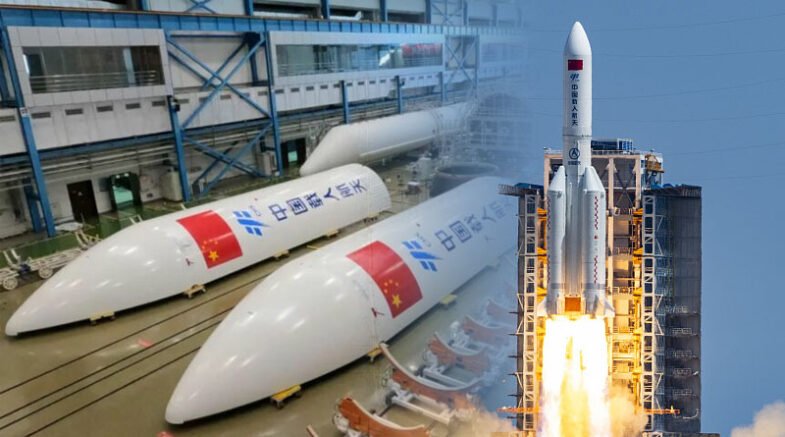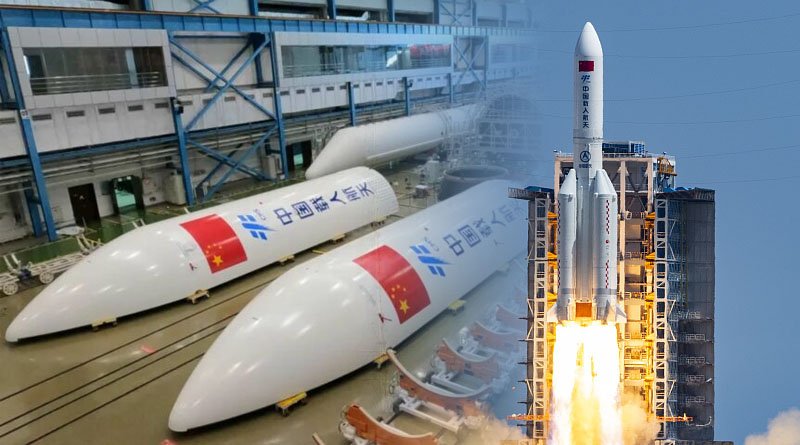According to its annual work report, China Aerospace Science and Technology Corp., the country’s top space contractor, has more than 50 launch missions scheduled for 2023.

China intends to conduct about 60 launch missions this year, according to China’s major space contractors.
According to its annual work report, China Aerospace Science and Technology Corp., the country’s top space contractor, has more than 50 launch missions scheduled for 2023.
The Long March 6C carrier rocket’s inaugural flight are two of the planned spaceflights, according to the report, which was presented by Zhang Zhongyang, general manager of the state-owned conglomerate, on Tuesday at the company’s annual research and production work conference in Beijing.
The Long March carrier rocket family from the company will conduct the majority of the launches, with the Smart Dragon series handling the remainder.
According to the report, the company will continue its work on the Tianwen 2 asteroid probe and the Chang’e 7 lunar probe in addition to the rocket launches. Around 2025 will see the launch of the Tianwen 2 mission, which will send a probe to an asteroid to gather and return soil samples.
Around 2026, the Chang’e 7 mission will set down a complex multi-part spacecraft on the south pole of the moon to search for signs of water, learn more about the region’s climate, and map its topography.
China Aerospace Science and Industry Corp., a different state-owned space company, intends to launch 10 spacecraft using its Kuaizhou 1A and Kuaizhou 11 solid-propellant rockets. According to company sources, if the plan materialises, 2023 will be the Kuaizhou family’s busiest year.
China set a new record for the number of rocket liftoffs last year with 64.
53 of the 64 takeoffs were accomplished using rockets from the Long March series, 30 by the Shanghai Academy of Spaceflight Technology, and 23 by the China Academy of Launch Vehicle Technology. China Aerospace Science and Technology Corp. is the parent company of both.
The first successful mission of the Kuaizhou 11 model was one of the five flights made by the Kuaizhou fleet.
The Chinese Academy of Sciences’ rocket company, CAS Space, with headquarters in Beijing, successfully launched its ZK-1A rocket for the first time in July. The model is currently the biggest and most potent solid-fuel rocket in the nation.
Last year, three independent Chinese rocket companies launched four of their own models, but two of them were unsuccessful due to technical difficulties.
